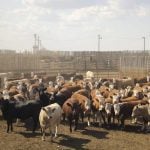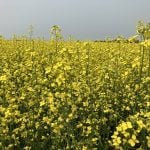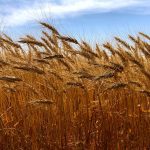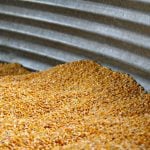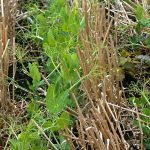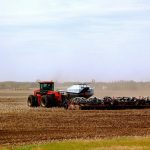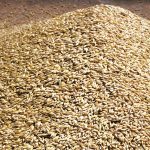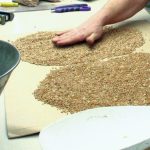Crop conditions across the province were rated at 72.9 per cent good to excellent, better than the five-year average of 68.8 per cent and the 10-year average of 70.2 per cent. The central region had the best rating at 78.2 per cent, followed by the Peace region at 75.7 per cent and the south region at 73.9 per cent, all above both historical averages. The northeast region was at 70 per cent, below its averages, while the northwest was in line with its average at 61.8 per cent.
